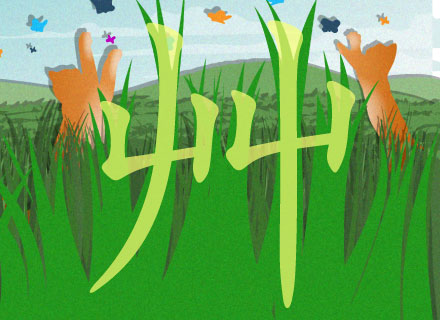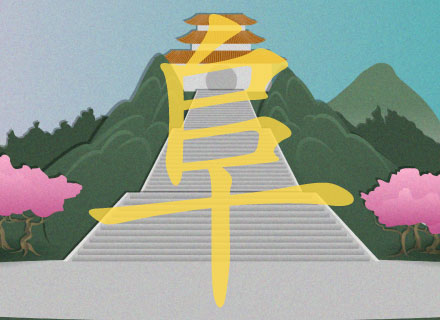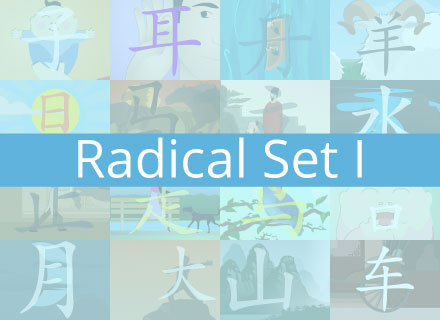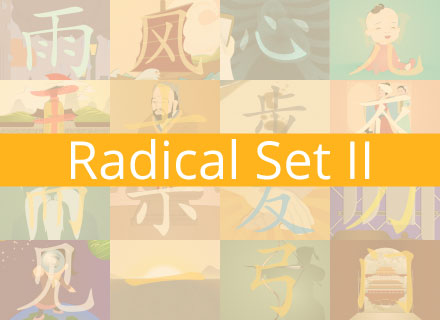穴 Xué 
穴 is a pictograph of a cave. The top component, 宀, depicts the roof of the cave and the two bottom downward strokes depict the sides of the cave opening. 穴 is a part of a set of radicals (冖,宀 and 穴) collectively referred to as 宝盖头 (bǎo ɡài tóu) or "protection radicals". Each radical in this set references a protective covering. 穴 is called 穴宝盖头 (xué bǎo ɡài tóu), or "cave protection radical".
穴 is radical #116 in the Chinese table of radicals. It is found as a component character in words such as 空 (kōng) "empty", 究 (jiū) "to study or investigate", 穷 (qióng) "exhausted, poor", and 穿 (chuān) "wear, penetrate". 穴 is also a word meaning cave, cavity or hole, and is combined with other words to form words such as: 走穴 (zǒu xué) "to tour (musically)", 坟穴 (fén xué) "grave", and 兽穴 (shòu xué) "animal den". It is also used in acupuncture when describing various 穴位 (xué wèi) "acupuncture points".
- Category:Radical, Word
- Formation Method:Pictograph
- Radical Number:116

























